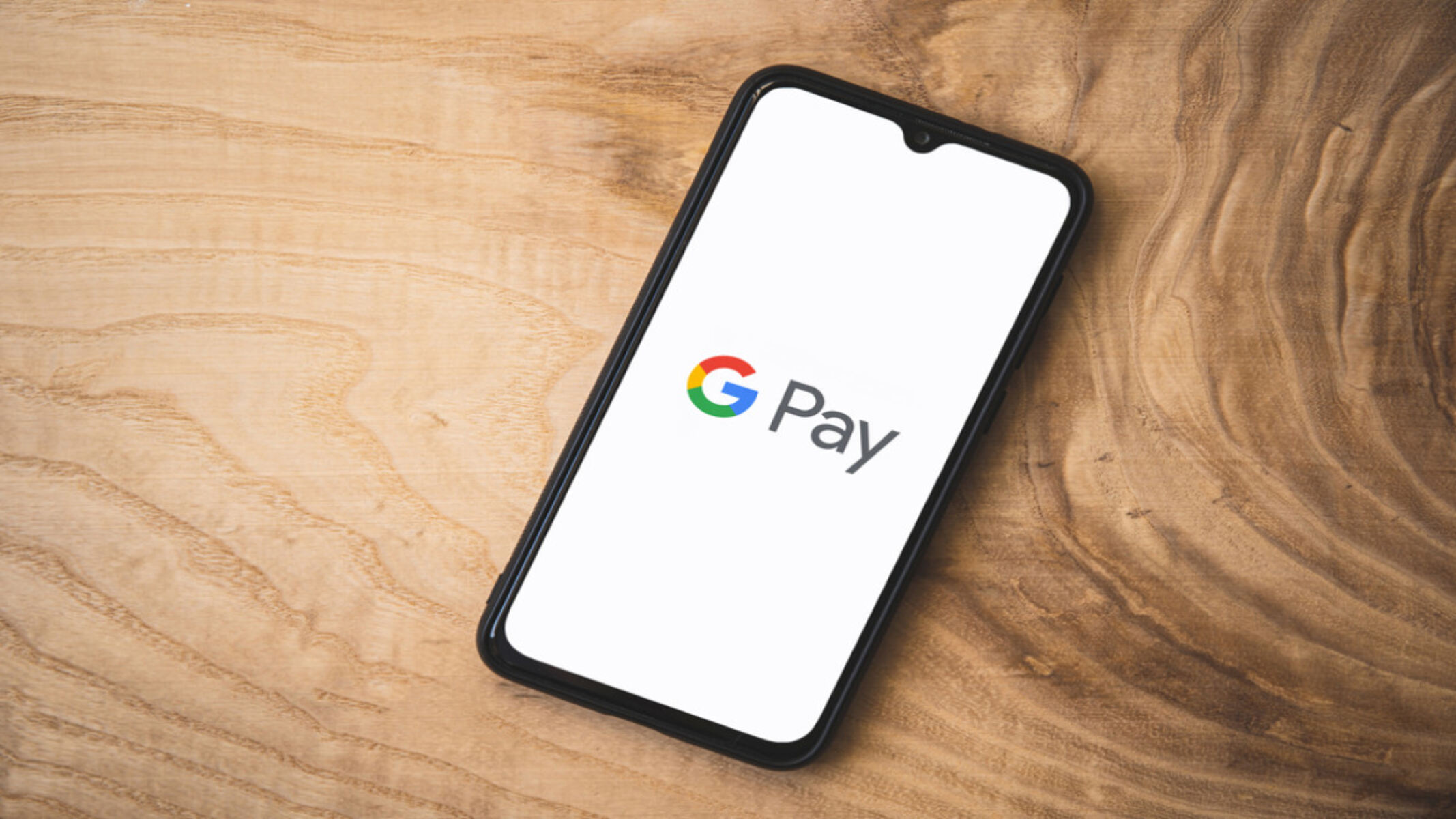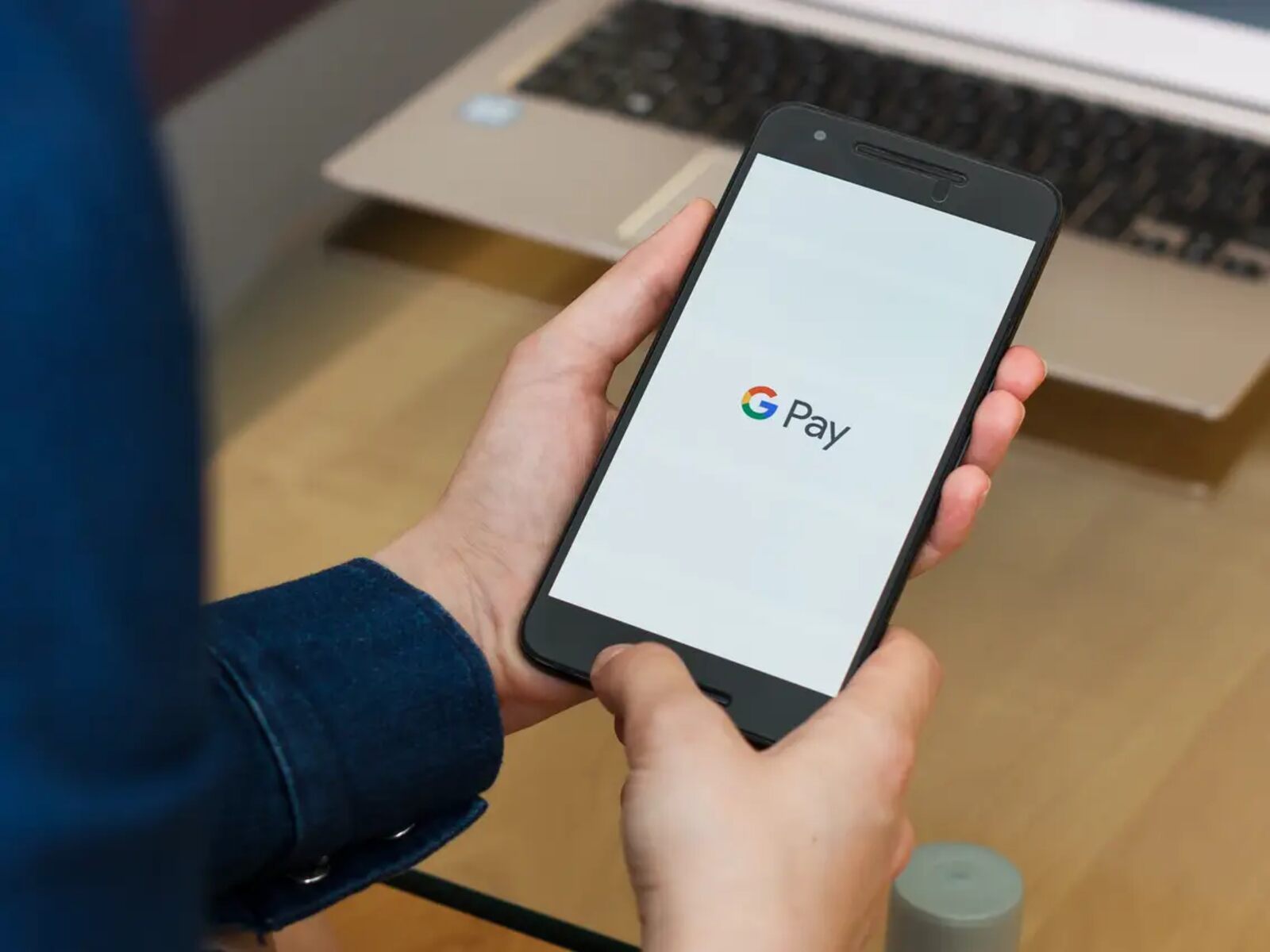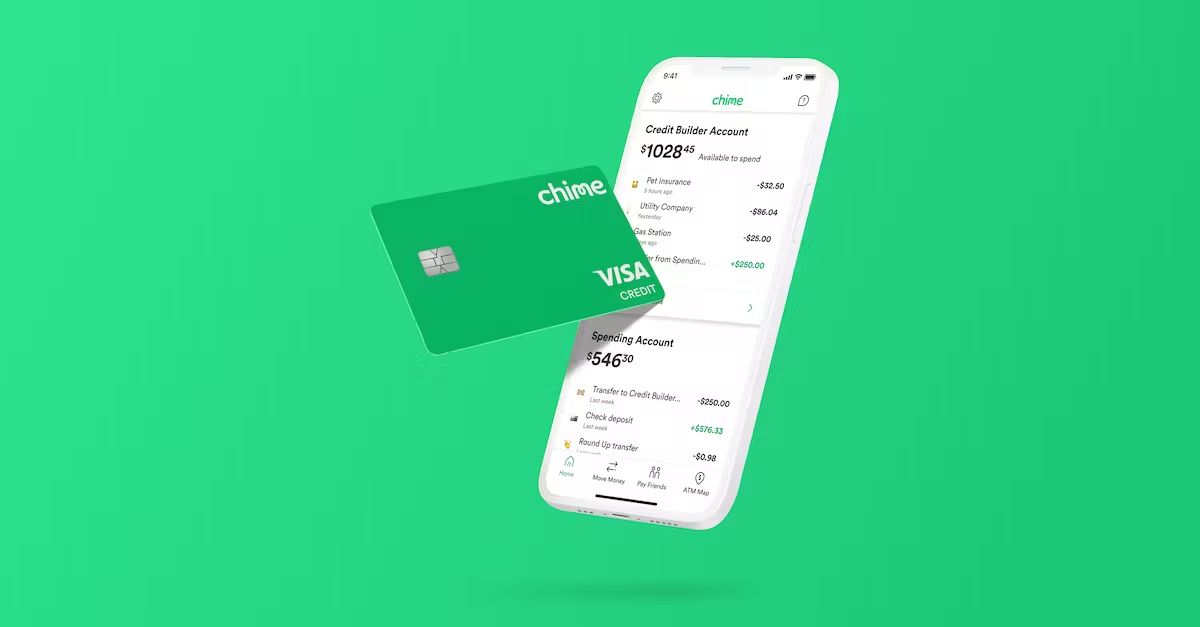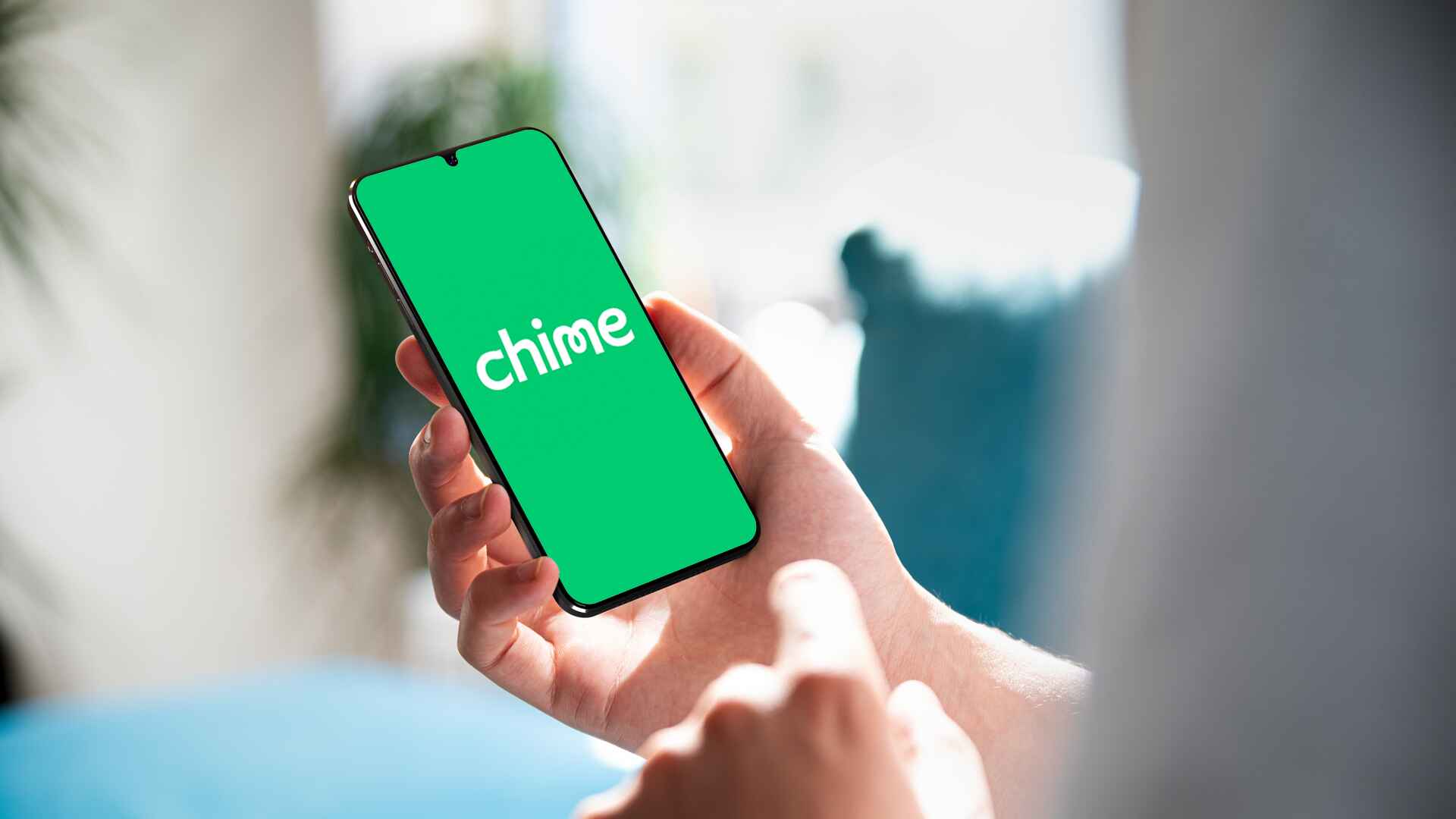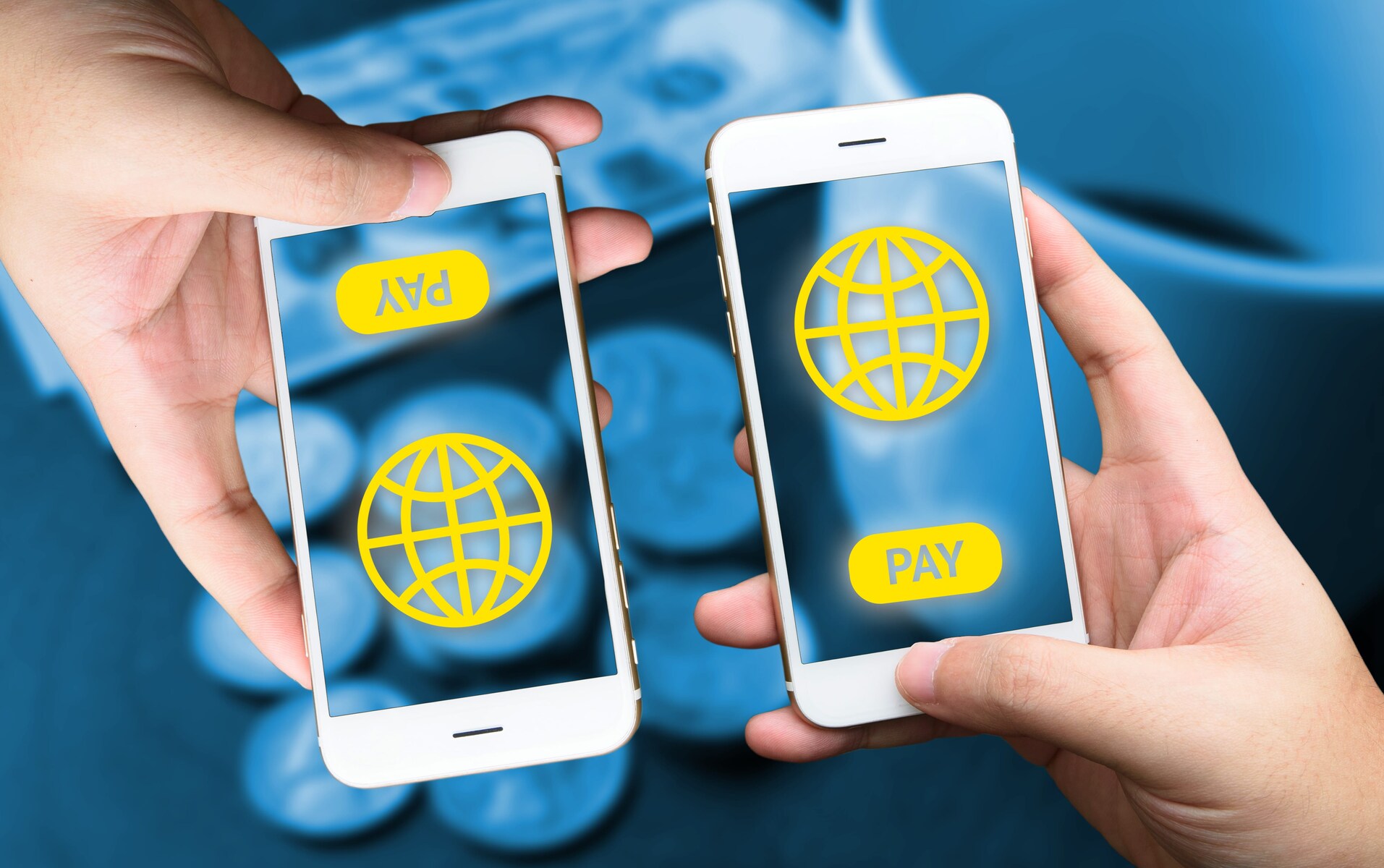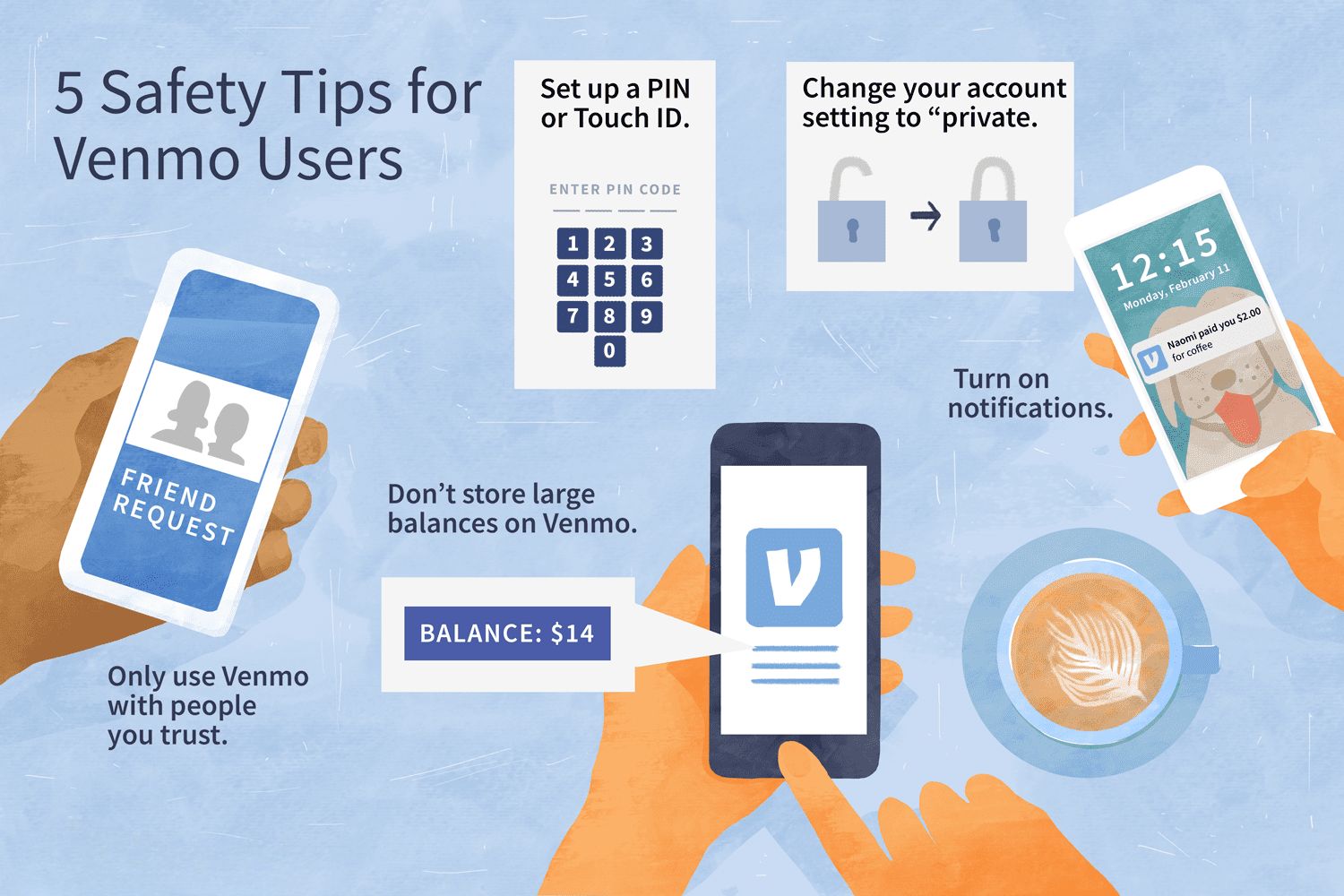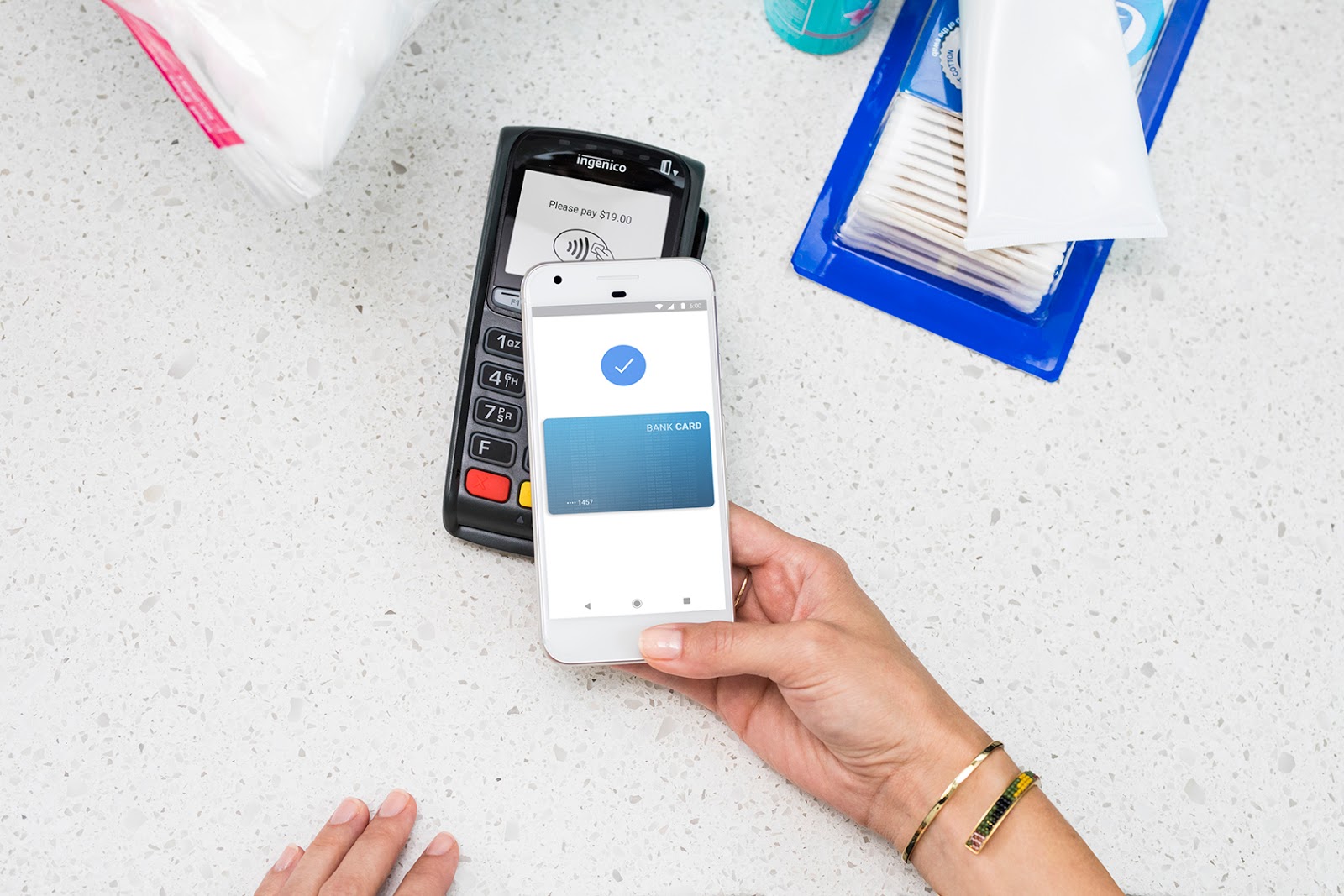Introduction
Google Pay has rapidly established itself as a popular and convenient way to send and receive money digitally. With the increasing reliance on mobile devices for financial transactions, many users have turned to Google Pay as a secure and hassle-free solution.
Understanding the limits on money transfers through Google Pay is essential to ensure a smooth and seamless experience. While Google Pay offers a convenient way to transfer funds, it is important to be aware of the limitations imposed on these transactions.
In this article, we will explore the various limits imposed on money transfers in Google Pay, including daily, weekly, and monthly limits. Additionally, we will discuss any extra limits for new users and how verified users may be eligible for increased limits. Lastly, we will explore the process of requesting higher limits to accommodate specific needs.
By analyzing these limitations and requirements, Google Pay users can effectively manage their transactions and make informed decisions when it comes to money transfers.
Understanding Google Pay
Google Pay is a digital payment platform developed by Google that allows users to send and receive money directly from their bank accounts or linked debit/credit cards. It offers a convenient and secure method of transferring funds, eliminating the need for physical cash or checks.
One of the key features of Google Pay is its simplicity. To use the service, users simply need to download the Google Pay app on their mobile device and link their bank account or cards. Once set up, they can easily transfer money to friends, family, or merchants with just a few taps.
Google Pay offers a seamless integration with Google Wallet and other Google services, making it even more convenient for users. It also provides an easy way to split bills, request and receive payments, and even make online purchases or pay at physical stores by scanning QR codes or using Near Field Communication (NFC) technology.
Moreover, Google Pay prioritizes security, employing robust encryption and authentication methods to protect users’ sensitive information. It requires user verification for each transaction, ensuring that only authorized individuals can access and transfer funds.
Furthermore, Google Pay supports a wide range of currencies and can be used for both domestic and international transactions. This makes it an ideal choice for individuals who frequently engage in cross-border transactions or have connections around the world.
Overall, Google Pay provides a user-friendly and secure platform for digital money transfers. With its ease of use, wide availability, and advanced security measures, it has become a popular choice for individuals seeking a convenient and reliable way to send and receive money.
Limitations on Google Pay Money Transfer
While Google Pay offers a convenient way to transfer money, it is important to be aware of the limitations imposed on these transactions. These limits ensure the security and integrity of the platform by preventing fraudulent activities and unauthorized access to funds.
There are different types of limits that apply to Google Pay money transfers, including daily, weekly, and monthly limits. Additionally, there may be extra limits for new users and the potential for increased limits for verified users.
The daily limit refers to the maximum amount of money that can be transferred in a single day. This limit may vary depending on the user’s country and the specific policies set by the financial institutions associated with Google Pay. It is important to note that hitting the daily limit does not restrict other functionalities of the Google Pay app, such as making payments at physical stores or online shopping.
Similarly, the weekly limit represents the maximum amount of money that can be transferred within a week’s time. This limit is calculated from Monday to Sunday, and once reached, users will have to wait until the following week to transfer additional funds.
The monthly limit is the maximum amount of money that can be transferred within a calendar month. This limit ensures that users do not exceed a certain threshold in their money transfers and helps prevent potential misuse or unauthorized access to funds.
For new users, Google Pay may impose additional limits on money transfers to mitigate potential risks and verify the user’s identity. These limits are typically higher than the regular daily, weekly, or monthly limits and may be gradually increased as the user becomes more established and builds credibility within the platform.
Verified users, on the other hand, may be eligible for increased limits on their money transfers. To become a verified user, individuals will need to complete additional verification steps, such as linking their bank account or providing identification documents. Once verified, users can enjoy higher transaction limits, allowing for more convenient and flexible money transfers.
If a user needs to transfer an amount that exceeds the daily, weekly, or monthly limits, Google Pay provides a process to request higher limits. Users can reach out to Google Pay customer support and provide the necessary information to justify the need for an increase in their transfer limits. The decision to grant higher limits is at the discretion of Google Pay and is subject to review and approval.
By understanding and adhering to these limitations, users can effectively manage their money transfers within the designated thresholds and ensure a secure and reliable experience on the Google Pay platform.
Daily Limit
The daily limit on Google Pay money transfers refers to the maximum amount of money that can be transferred in a single day. This limit is put in place to ensure the security and integrity of transactions and to prevent fraudulent activities.
The specific daily limit may vary depending on the user’s country and the policies set by the financial institutions associated with Google Pay. It is important for users to be aware of this limit and plan their transfers accordingly.
It is worth noting that hitting the daily transfer limit does not restrict other functionalities of the Google Pay app. Users can still make payments at physical stores, make online purchases, and perform other transactions outside of the money transfer feature.
The purpose of the daily limit is to prevent unauthorized access to funds and ensure that users stay within reasonable transfer thresholds. By implementing this limit, Google Pay ensures that users have control over their transactions while maintaining the platform’s security standards.
For example, if the daily limit is set at $1,000, a user can transfer up to $1,000 within a 24-hour period. Once this limit is reached, any additional transfer requests will be declined until the reset time, which is usually midnight in the user’s local time zone.
Users should also keep in mind that the daily limit applies to all types of money transfers, including peer-to-peer transfers, payments to merchants, and sending money to friends and family members. It is essential to budget and plan accordingly to ensure that any urgent or necessary transfers can be completed within the daily limit.
If a user needs to transfer an amount that exceeds the daily limit, they may consider splitting the transfer into multiple transactions over a few days or exploring alternative payment methods. It is important to note that splitting transactions should be done cautiously and in compliance with local regulations and guidelines.
Overall, understanding and adhering to the daily limit on Google Pay money transfers is essential for managing transactions effectively. By staying within the designated threshold, users can ensure a secure and hassle-free experience while transferring funds using the Google Pay platform.
Weekly Limit
The weekly limit on Google Pay money transfers represents the maximum amount of money that can be transferred within a week’s time. This limit is in place to ensure the security of transactions and prevent excessive transfers that could lead to potential misuse or unauthorized access to funds.
The specific weekly limit may vary depending on various factors, such as the user’s country and the policies set by the financial institutions associated with Google Pay. It is important for users to be aware of this limit and plan their transfers accordingly.
The weekly limit is calculated from Monday to Sunday, allowing users to track their transfers over a specific time frame. Once the limit is reached, users will have to wait until the following week to transfer additional funds.
For example, if the weekly limit is set at $5,000, a user can transfer up to $5,000 within the week starting from Monday. If the user has already transferred $4,500 by Wednesday, they will only have a remaining limit of $500 for the rest of the week.
It is essential for users to keep track of their transfers to ensure they do not exceed the weekly limit. Exceeding the limit may result in transaction declines or other restrictions on money transfers until the following week.
As with the daily limit, it is important to note that the weekly limit applies to all types of money transfers within Google Pay. This includes peer-to-peer transfers, payments to merchants, and sending money to friends or family members.
If a user anticipates needing to transfer more than the weekly limit allows, they should plan their transfers accordingly or consider alternative methods for larger transactions. Splitting transactions over a few weeks or exploring other payment platforms could be viable options to manage transfers that exceed the weekly limit.
By understanding and adhering to the weekly limit on Google Pay money transfers, users can effectively manage their transactions and ensure a secure and reliable experience on the platform.
Monthly Limit
The monthly limit on Google Pay money transfers refers to the maximum amount of money that can be transferred within a calendar month. This limit is implemented to maintain the security and integrity of transactions and prevent excessive transfers that may pose a risk to users’ funds.
The specific monthly limit may vary depending on factors such as the user’s country and the policies set by the financial institutions associated with Google Pay. It is crucial for users to be aware of this limit and plan their transfers accordingly to avoid any disruptions.
The monthly limit provides a longer timeframe for users to manage their transfers compared to daily and weekly limits. It allows users to track their transfers over a month and ensures they do not exceed a certain threshold.
For instance, if the monthly limit is set at $10,000, a user can transfer up to $10,000 within the entire calendar month. The limit resets on the first day of the following month, allowing users to continue transferring funds within the new month’s limit.
It is important to note that the monthly limit applies to all types of money transfers within Google Pay, including peer-to-peer transfers, payments to merchants, and sending money to friends and family members.
Adhering to the monthly limit is essential to ensure a secure and reliable experience on the Google Pay platform. Exceeding the monthly limit may result in transaction declines or other restrictions on money transfers until the limit resets.
If a user anticipates needing to transfer more than the monthly limit allows, they should plan their transfers accordingly or explore alternative methods for larger transactions. This could involve splitting transactions over multiple months or considering other payment platforms that accommodate higher transfer limits.
By understanding and managing within the monthly limit on Google Pay money transfers, users can effectively plan their transactions, maintain control over their funds, and ensure a secure experience on the platform.
Extra Limits for New Users
Google Pay may impose additional limits on money transfers for new users as a precautionary measure to mitigate potential risks and verify the user’s identity. These extra limits are temporary and are typically higher than the regular daily, weekly, or monthly limits.
The purpose of these extra limits is to allow new users to gradually build credibility and establish trust within the Google Pay platform. It provides a safeguard against potential fraudulent activities and ensures the security of transactions for all users.
These extra limits may vary depending on various factors, such as the user’s country, financial institutions associated with Google Pay, and the user’s transaction history and behavior. It is important for new users to be aware of these limits and plan their transfers accordingly.
For example, if the regular daily limit is set at $1,000, a new user may be granted an extra limit of $2,000 for their initial period of using Google Pay. This allows the user to make higher-value transfers during this temporary period.
As new users continue to use Google Pay and build their transaction history, these extra limits gradually phase out. Once a new user has established sufficient credibility and has a positive track record, they will transition to the regular daily, weekly, and monthly limits that are applicable to all users.
It is important for new users to familiarize themselves with the transaction limits and keep track of their transfers to avoid any disruptions. Exceeding the limits, even the extra ones, may result in transaction declines or other restrictions until the user transitions to the regular limits.
New users should view these extra limits as an opportunity to slowly adapt to the platform and gain experience with money transfers. It is essential to use this time wisely and build credibility by engaging in legitimate and secure transactions.
If a new user needs to transfer an amount that exceeds the extra limits, they can consider splitting the transaction into smaller transfers or explore alternative payment methods to accommodate their needs. However, caution should be exercised to ensure compliance with local regulations and guidelines.
By understanding and adhering to the extra limits for new users, individuals can navigate the Google Pay platform smoothly and gradually transition to the regular limits, providing them with more flexibility and convenience for their future money transfers.
Increased Limits for Verified Users
Verified users on Google Pay have the opportunity to enjoy increased limits on their money transfers. By completing additional verification steps and providing necessary information, users can unlock higher transaction limits, allowing for more flexibility and convenience when transferring funds.
The process of becoming a verified user may vary depending on the user’s country and the policies set by the financial institutions associated with Google Pay. Typically, it involves linking a bank account and verifying the user’s identity through the submission of identification documents.
Once a user becomes verified, they are eligible for higher daily, weekly, and monthly limits. These increased limits are designed to accommodate a verified user’s higher transaction needs while still maintaining security and preventing misuse of the platform.
For example, if the regular daily limit for unverified users is set at $1,000, a verified user may have their daily limit increased to $5,000 or higher, depending on their verification status and transaction history.
The increased limits for verified users provide more flexibility and convenience in managing larger transactions. This can be particularly beneficial for users who need to make significant peer-to-peer transfers, payments to merchants, or send substantial amounts of money to friends and family members.
It is important to note that the increased limits for verified users are not automatically granted. Users need to complete the necessary verification steps and provide the required information to unlock these higher limits. It may take some time for the verification process to be completed and for the increased limits to be applied to the user’s account.
Verified users should keep track of their transfers and exercise responsible financial management. While the increased limits offer more flexibility, it is crucial to stay within reasonable thresholds and ensure that transfers are made for legitimate purposes.
If a verified user needs to transfer an amount that exceeds their increased limits, they may need to explore alternative payment methods or contact Google Pay customer support to request further increases on their limits. The decision to grant additional increases is at the discretion of Google Pay and is subject to review and approval.
By becoming a verified user, individuals can unlock higher transaction limits on Google Pay, providing them with more flexibility and convenience when it comes to transferring funds. It is an important step towards accessing the full capabilities of the platform and enjoying enhanced financial management options.
Requesting Higher Limits
If a user needs to transfer an amount that exceeds the daily, weekly, or monthly limits on Google Pay, there may be a process to request higher limits. This allows users to accommodate specific needs and larger transactions with the platform.
The process of requesting higher limits may vary depending on the user’s country and the policies set by the financial institutions associated with Google Pay. Typically, users can reach out to Google Pay customer support to initiate the request.
When requesting higher limits, users may need to provide additional information and justification to support their request. This could include details about the purpose of the transaction, supporting documentation, or any other relevant information that demonstrates the need for the increased limits.
It is important to note that the decision to grant higher limits is at the discretion of Google Pay and is subject to review and approval. The user’s transaction history, verification status, and compliance with applicable regulations may all be considered in the evaluation process.
Before making a request for higher limits, users should carefully consider their needs and ensure that they can justify the request. It is important to provide accurate information and be transparent in explaining the purpose of the transaction to increase the chances of approval.
Users should also keep in mind that even if the request for higher limits is approved, there may still be a limit on the maximum amount that can be transferred. It is essential to understand and adhere to any new limits that may be granted through the request process.
By reaching out to Google Pay customer support and requesting higher limits, users can explore the possibility of accommodating larger transactions within the platform. It allows for more flexibility and convenience when it comes to transferring funds and enables users to meet their specific financial needs.
Conclusion
Google Pay provides a convenient and secure platform for money transfers, allowing users to send and receive funds easily through their mobile devices. However, it is important to understand the limitations and restrictions imposed on these transactions to ensure a smooth and seamless experience.
In this article, we explored various aspects related to the limits on money transfers in Google Pay. We discussed the daily, weekly, and monthly limits, which are in place to maintain the security and integrity of transactions. These limits help prevent fraudulent activities and unauthorized access to funds, ensuring the safety of users’ finances.
We also discussed the extra limits for new users, which are temporary and designed to gradually build credibility and establish trust within the Google Pay platform. Furthermore, we looked at the increased limits available for verified users, providing them with higher transaction thresholds to accommodate their specific needs.
Additionally, we touched upon the process of requesting higher limits, which may allow users to transfer amounts that exceed the regular limits. By providing supporting information and justifications, users can seek approval for increased limits to meet their unique requirements.
Understanding and adhering to these limits and restrictions are important for all Google Pay users. By staying within these thresholds, users can ensure a secure and reliable experience while transferring funds through the platform. It is also crucial to plan and budget transfers accordingly, taking into account the daily, weekly, and monthly limits.
With its user-friendly interface, advanced security measures, and integration with other Google services, Google Pay has become a popular choice for digital money transfers. By staying informed about the limitations and utilizing the platform responsibly, users can maximize the benefits and convenience offered by Google Pay effectively.







